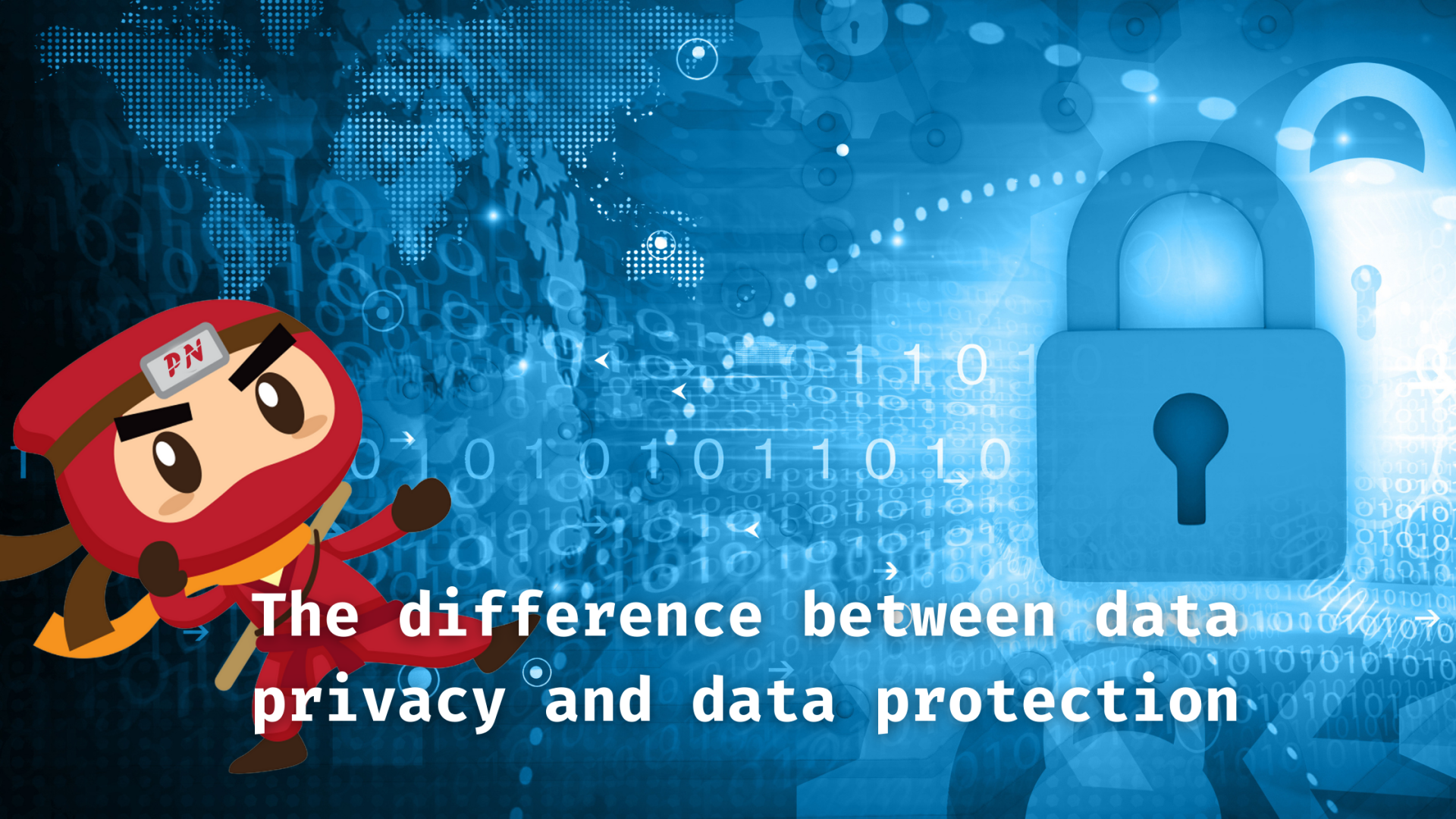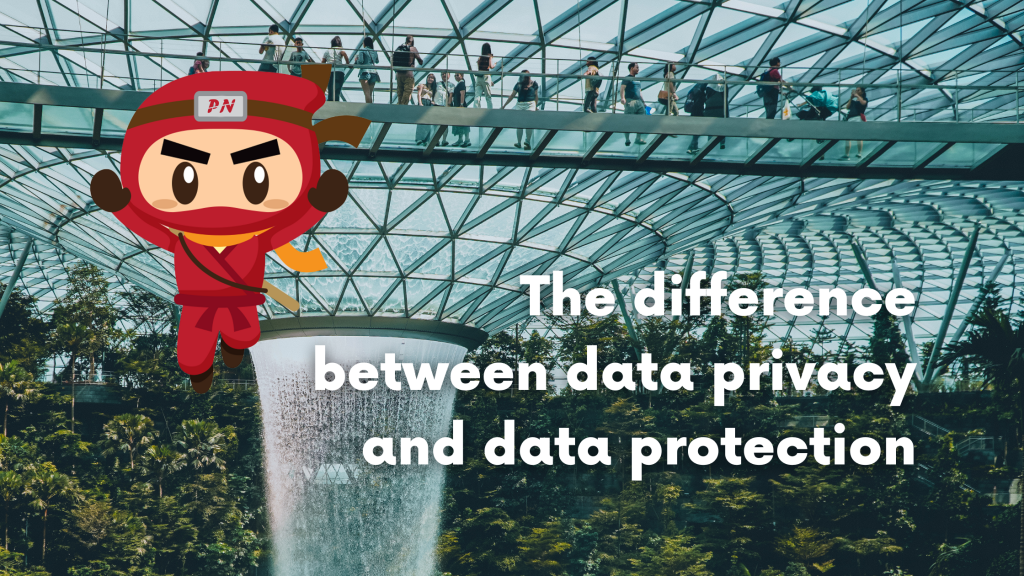KEEP IN TOUCH
Subscribe to our mailing list to get free tips on Data Protection and Cybersecurity updates weekly!







Many users think that data privacy and data protection are synonymous as they are closely interconnected, but there’s a difference between them. The difference between data privacy and data protection is actually fundamental in understanding how one complements the other.
Data breaches are a serious problem an organisation must avoid. It affects not only the reputation of the organisation and its customer’s trust rating, but also the clients themselves. That is why the Personal Data Protection Commission (PDPC) is strict in mandating the Personal Data Protection Act’s provisions to ensure that no breach occurs in the future.
Despite the number of breaches recorded in the PDPC decisions and undertakings, not many people actually understand the critical concepts behind an organisations’ data storage, such as the difference between data privacy and data protection. With this, here are five concepts that lay down the difference between data privacy and data protection:
Also Read: PDPC: New guidance on personal data protection practices

1. Having one doesn’t ensure the other
Data protection focuses on protecting assets from unauthorized use, while data privacy’s concern is about who has access to the data. It can be said that the former speaks mostly of technical control, while the latter is more of a legal matter.
Having access to data does not necessarily ensure the other, and there’s a need for us to have both access and authorization to work together as a proper control mechanism.
2. One addresses regulations, the other addresses mechanisms
Data privacy covers the regulations or policies that govern any entities upon using the individuals’ personal data.
On the other hand, data protection addresses the mechanisms such as the tools and procedures to be used upon the enforcement of such regulations or policies. This includes the prevention of unauthorized access of data or its misuse.
3. The user controls privacy; companies ensure protection
The significant difference between data privacy and data protection is who controls which part. Generally, users have control over data privacy. It is in their discretion with whom they share their personal data with.
On the other hand, data protection is typically under the organisation’s responsibility. It is their bound duty to protect the data they have collected, used, or disclosed, or else they will be made to pay a fine by the PDPC.

4. Safety from sales vs. safety from hacks
Data privacy is all about keeping your data from being sold or shared. On the other hand, data protection generally focuses on keeping the information from bad actors or hackers.
5. One can’t have privacy without security
Data privacy is about what others can and should do with the lawfully collected data from individuals, and what control such individuals have over its use and retention. On the other hand, data protection ensures that one’s personal data is protected from any unlawful access by unauthorized parties.
It will be hard to have true data privacy without data protection as it dictates whether data privacy can be achieved.
Knowing the difference between data privacy and data protection matters because they are deeply woven into issues that are overarching in cybersecurity and privacy, which are crucial for businesses and organisations.
Understanding them answers how personal data is managed and why both individuals and organizations play a vital role in its use. Furthermore, data privacy and data protection are closely interconnected, and they are crucial when it comes to regulations and compliance standards to be met.
Also Read: The necessity of a data protection plan for businesses in Singapore